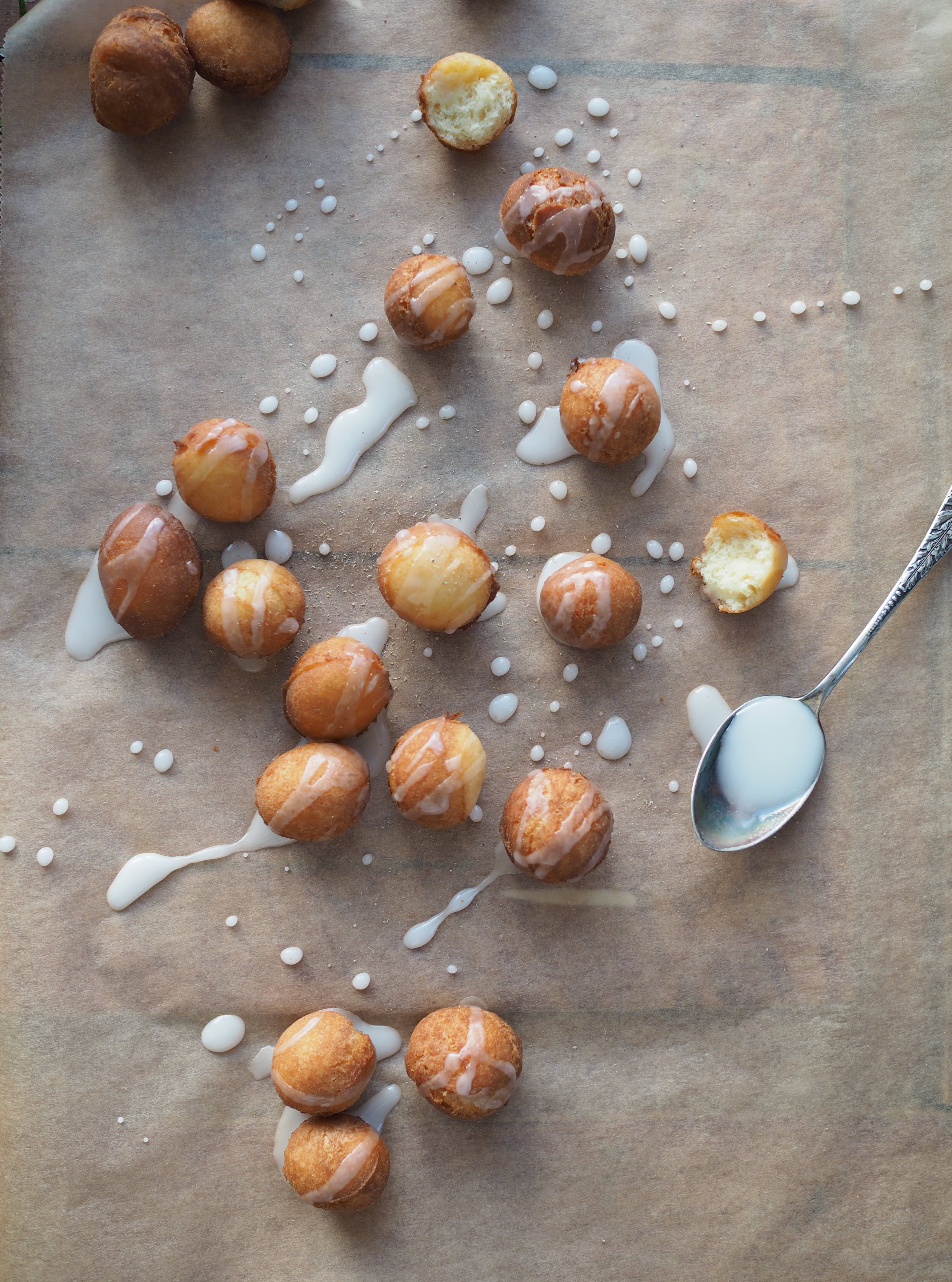
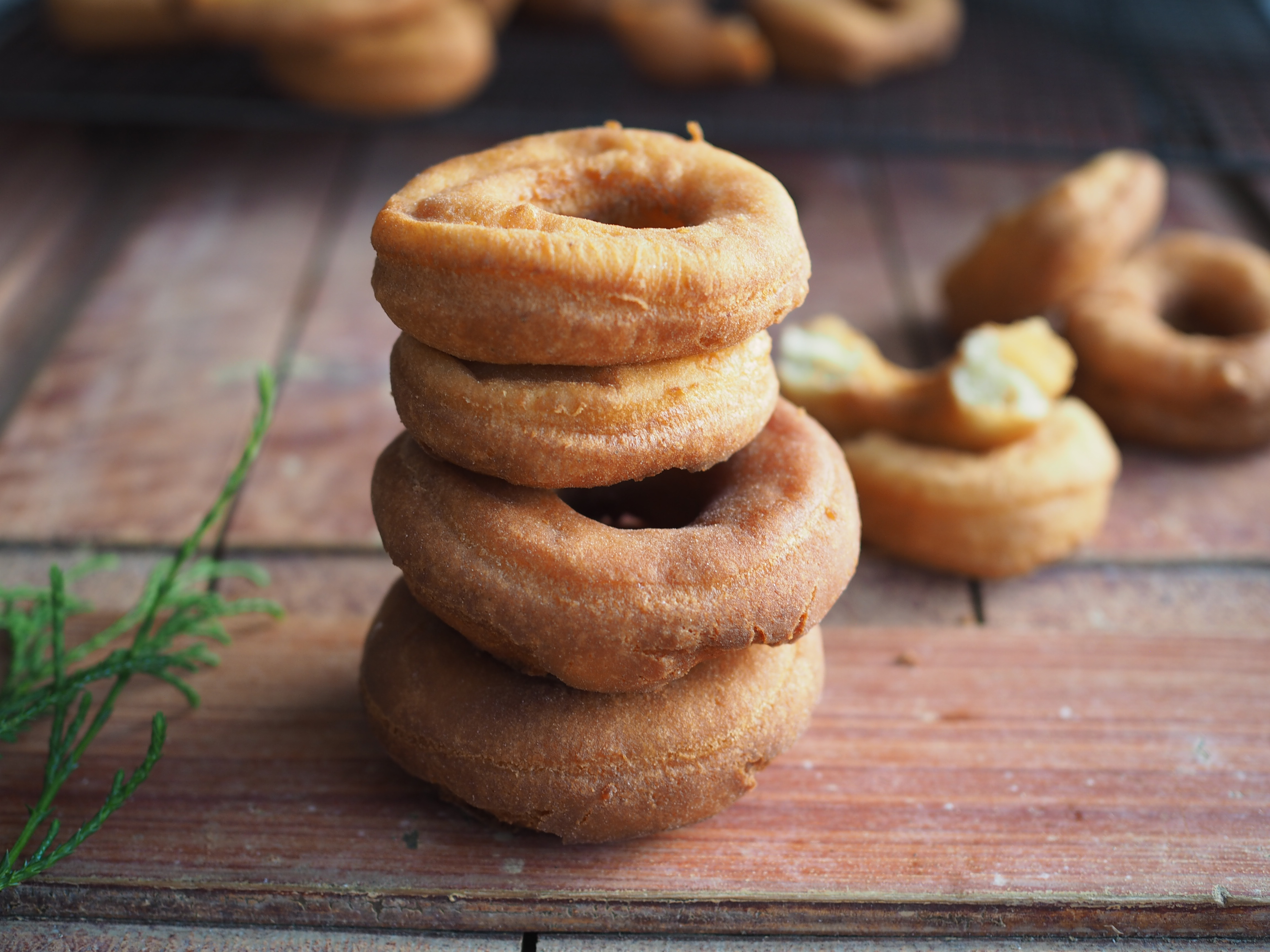 Smultringer is considered one of the seven Norwegian Christmas cookies (syv slag), with very interesting origins. Before smultringer, Norwegians were making similar-looking fried cakes called hjortetakk out of horn salt (ammonium bicarbonate) or what was earlier referred to as hjortetakksalt. It’s suspected that hjortetakk came to Norway from Germany, as there are German recipes for them tracing back to the 1700s.
Smultringer is considered one of the seven Norwegian Christmas cookies (syv slag), with very interesting origins. Before smultringer, Norwegians were making similar-looking fried cakes called hjortetakk out of horn salt (ammonium bicarbonate) or what was earlier referred to as hjortetakksalt. It’s suspected that hjortetakk came to Norway from Germany, as there are German recipes for them tracing back to the 1700s.
The word smultringer seems to have first appeared in relation to a Norwegian who emigrated to America and returned to Norway in 1892. He began baking the cakes we refer to as smultringer (lard rings). It is unknown if he invented the word himself, but this is the first mention of smultringer as a name. What separated smultringer from hjortetakk in regard to the ingredients, was that smultringer was made with baking powder instead of horn salt. Today, however, smultringer recipes can be found using horn salt as well – perhaps a result of overlapping the recipes over the decades. The most apparent difference between hjortetakk and smultringer is in the consistency between the two. Hjortetakk is firmer and crispier, while smultringer is softer – the result of the batter having more liquid.
It took some time for the word smultringer to catch on in Norway. However, the influence of the American doughnut was becoming increasingly apparent. A Norwegian cookbook from 1888 provides several recipes for hjortetakk, with the last one being titled “Amerikansk Hjortetakk (Fry-Cakes)”. Other cookbooks appearing from the late 1920s and later on mention recipes called “donasser” and “donners”– Norwegian variants of the doughnut – showing that the American doughnut was gradually entering and being accepted into Norwegian baking.
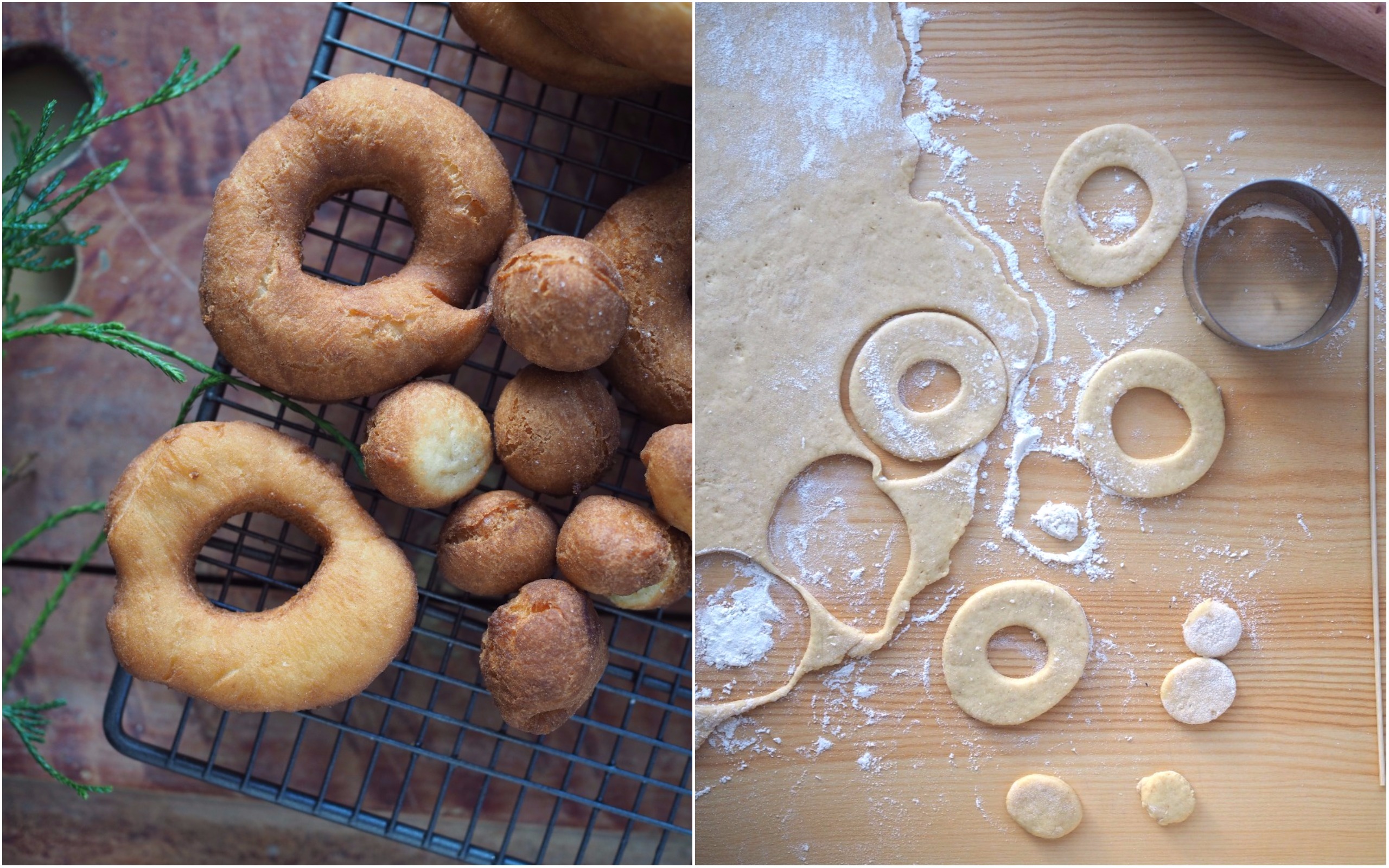
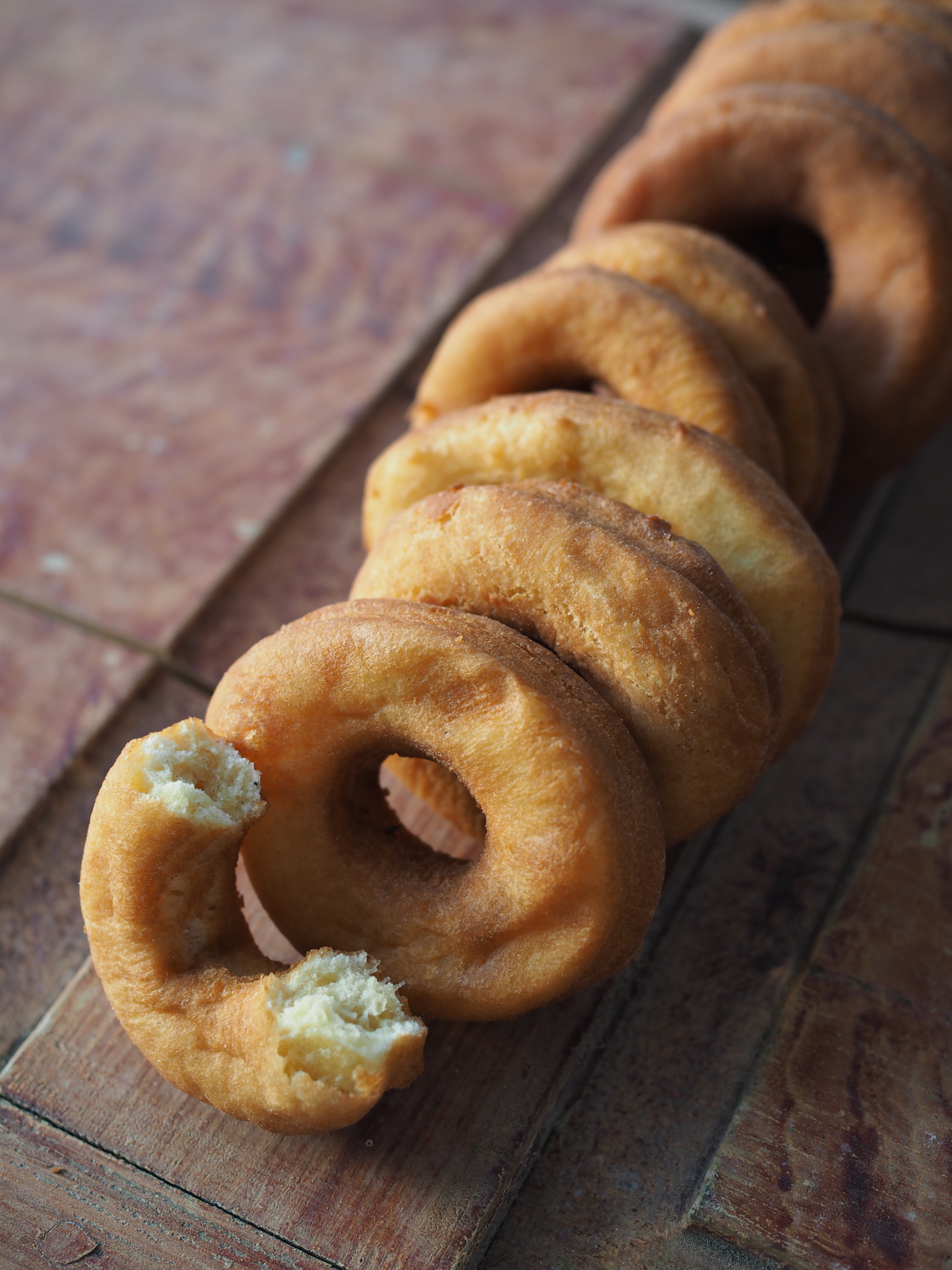
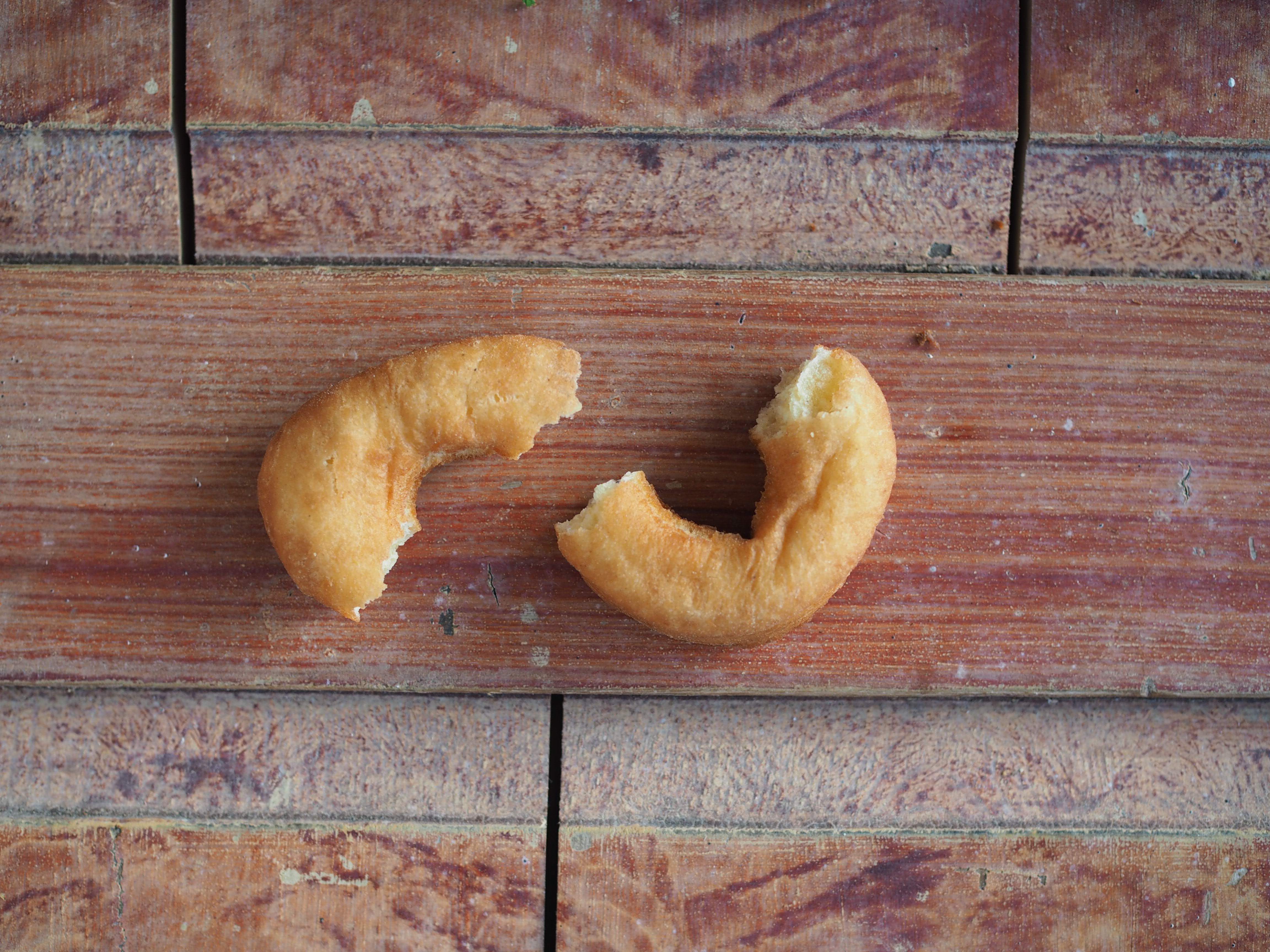 It’s quite clear that smultringer took inspiration from the American doughnut, becoming a variant that also leaned heavily on its Norwegian predecessor, hjortetakk. It became a household favorite and one that earned its spot as being one of Norway’s most popular and beloved Norwegian Christmas cookies.
It’s quite clear that smultringer took inspiration from the American doughnut, becoming a variant that also leaned heavily on its Norwegian predecessor, hjortetakk. It became a household favorite and one that earned its spot as being one of Norway’s most popular and beloved Norwegian Christmas cookies.
Typically, smultringer is served as is – with no glaze or icing or flavors. And they are delightful this way. This year, I thought it would be nice to take the excess dough and make doughnut holes to be served with a delicate apple glaze that adds an extra touch of sweetness. The glaze was a big hit and soon the smultringer were also being dipped.
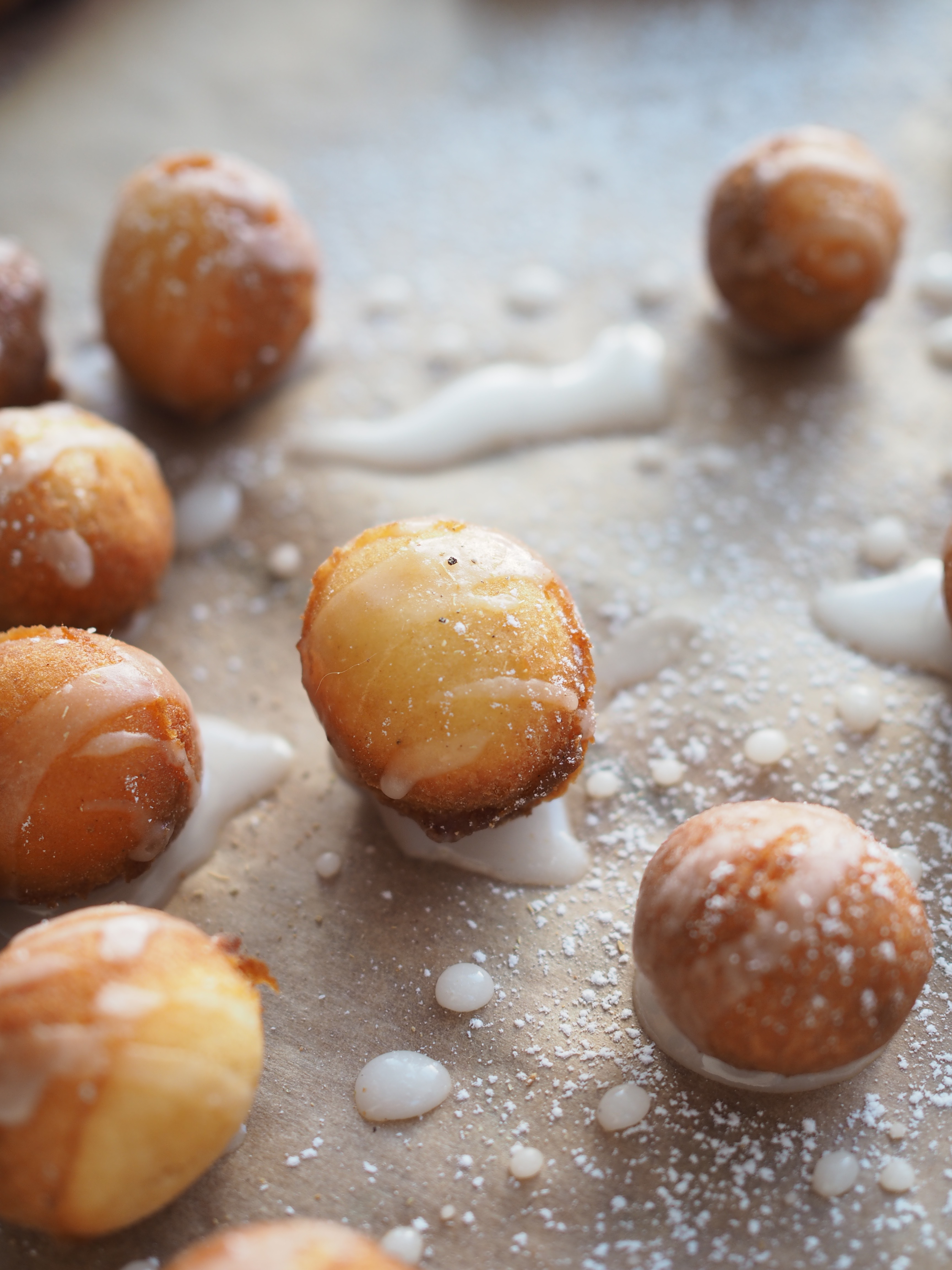
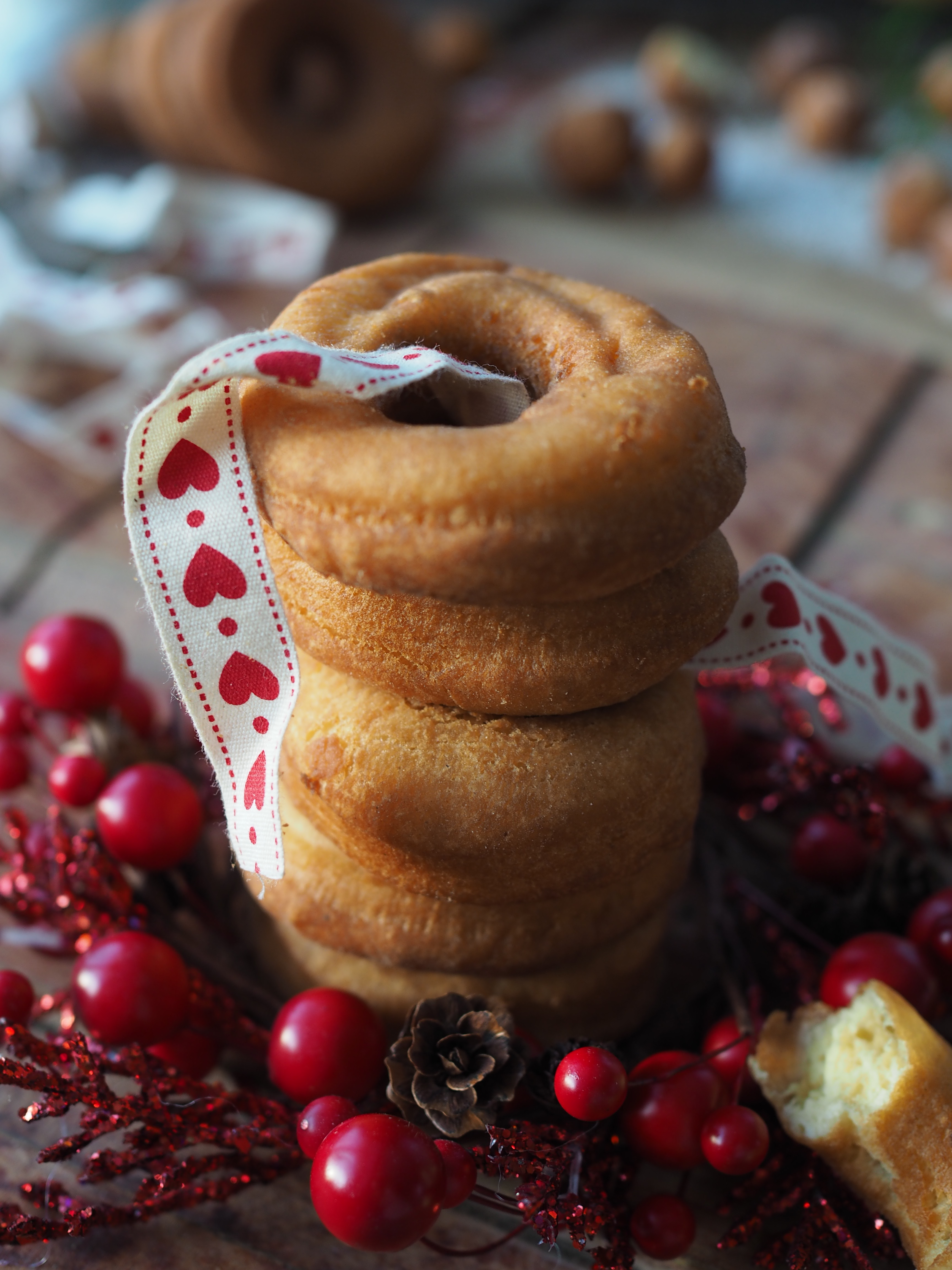 Serve these plain or with a side of the apple glaze. They will last up to 2 days or you can freeze them for later. Feel free to add more cardamom if your preference is for the cardamom to really shine through.
Serve these plain or with a side of the apple glaze. They will last up to 2 days or you can freeze them for later. Feel free to add more cardamom if your preference is for the cardamom to really shine through.
Smultringer (Norwegian Doughnuts) with a Simple Apple Glaze
Makes about 25 smultringer, plus doughnut holes
For the smultringer:
- 2 large eggs
- ¾ cup (150 g) granulated sugar
- ¾ cup (180 ml) sour cream
- ½ cup (120 ml) heavy cream
- 3 cups (360 g) sifted all-purpose flour
- 2 teaspoons baking soda
- 1 ½ teaspoons ground cardamom
- 4 ¼ cups (1 liter) vegetable oil or lard “smult”, for frying
For the apple glaze:
- 1 cup (120 g) confectioners’ sugar
- 3 tablespoons apple juice or apple cider (non-alcoholic)
Plan to make the smultringer dough a day in advance.
To make the smultringer, whisk the eggs and sugar together in a large bowl for about 5 minutes or until the mixture is light and fluffy with a pale yellow color. Set aside.
Whisk together the sour cream and heavy cream until soft peaks form, about 3 minutes. Gently blend this together with the egg and sugar mixture.
In a medium bowl, combine the flour, baking soda, and cardamom. Gently fold this into the wet mixture until well-blended. The dough will be somewhat sticky and not dry, but stiff. Cover the bowl with plastic wrap and place in the refrigerator overnight.
The next day, pour the vegetable oil in a large, heavy bottomed pot and set over medium-high heat. The oil needs to reach a temperature of 320ºF (160ºC), which takes about 10 minutes. Check the temperature with a kitchen thermometer and keep it within a range of 320 – 340ºF (160 – 170ºC).
Have ready a large cooling rack on top of a stack of paper towels. Set it near to the stove where the oil is heating.
While the oil is heating up, take the dough out of the refrigerator and place it on a lightly-floured surface. Roll the dough out to a thickness of 1/3 to ½–inch (1 cm). Cut out circular smultringer shapes with a smultringer/doughnut cutter or you can improvise (like I did) with 2 circular shapes which can easily cut through the dough – one small and one large, with the smaller one being about one-third of the size of the larger one. Keep the smaller pieces of dough that have been cut from the smultringer to make doughnut holes.
When the oil has reached 320ºF (160ºC), place the smultringer, about 4 at a time, in the oil, taking caution. Cook for 30 seconds or until the bottoms have turned golden brown. Flip each one over with a wooden skewer and cook for a further 30 seconds or until golden brown. Remove with the wooden skewer and place on top of the cooling rack set above the paper towels. Continue to cook the rest of the smultringer, a few at a time. Take the small pieces of leftover dough from when the smultringer were cut and cook in the oil. Turn after a few seconds or until they are golden brown. Remove with a metal, slotted spoon and place on the cooling rack.
While the smultringer and doughnut holes are cooling, make the apple glaze. Place the confectioners’ sugar in a small bowl and add the apple juice or apple cider. Mix together with a fork until smooth. If you prefer a thicker consistency, add more confectioner’s sugar.
Serve the smultringer and doughnut holes alongside the apple glaze to dip in or drizzle the glaze over the tops before serving.
Smultringer can be stored in a container or bag at room temperature for up to 2 days. You can also wrap them in plastic wrap, then place in an airtight, freezer bag, and freeze for up to 2 months.
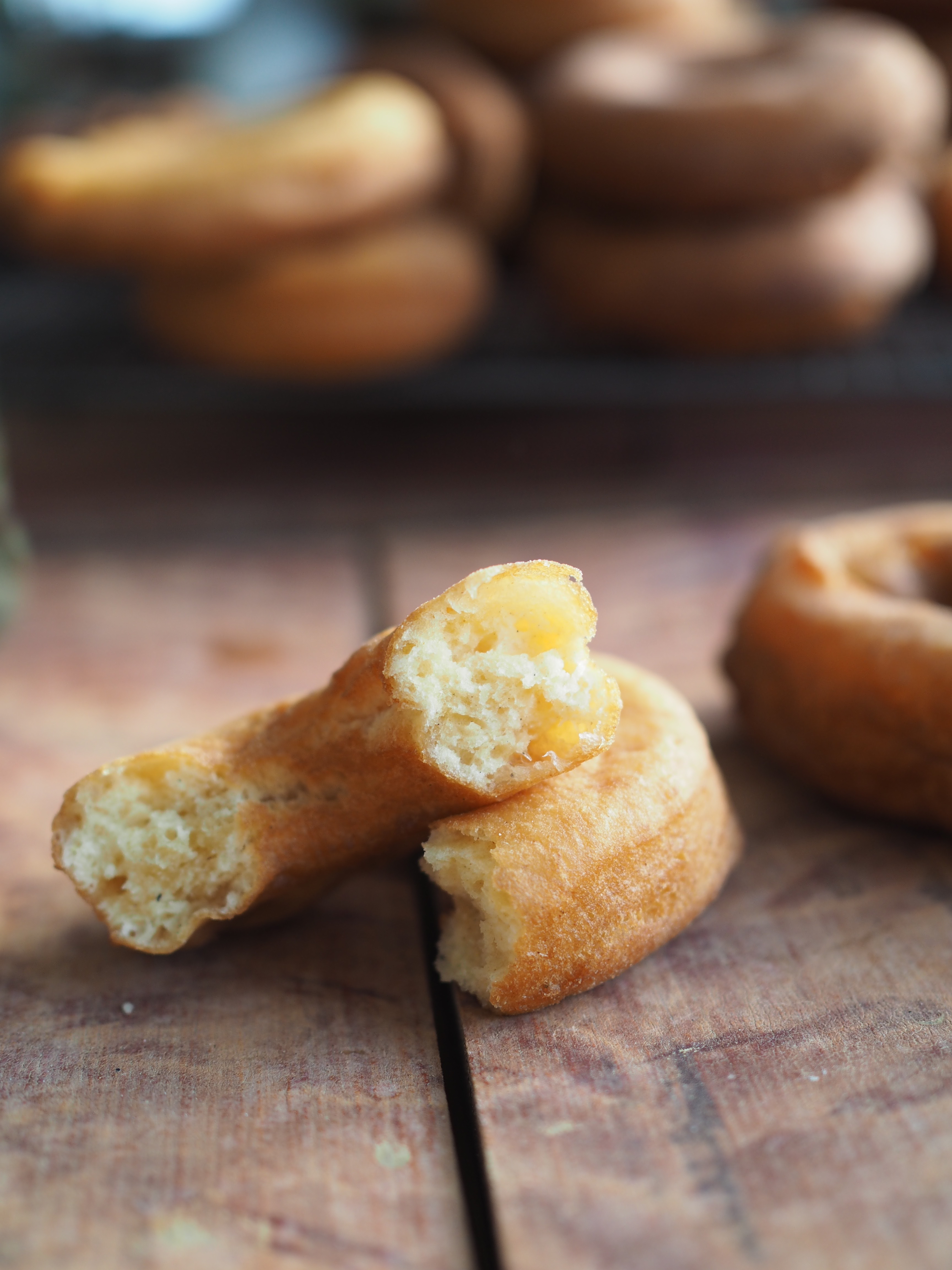
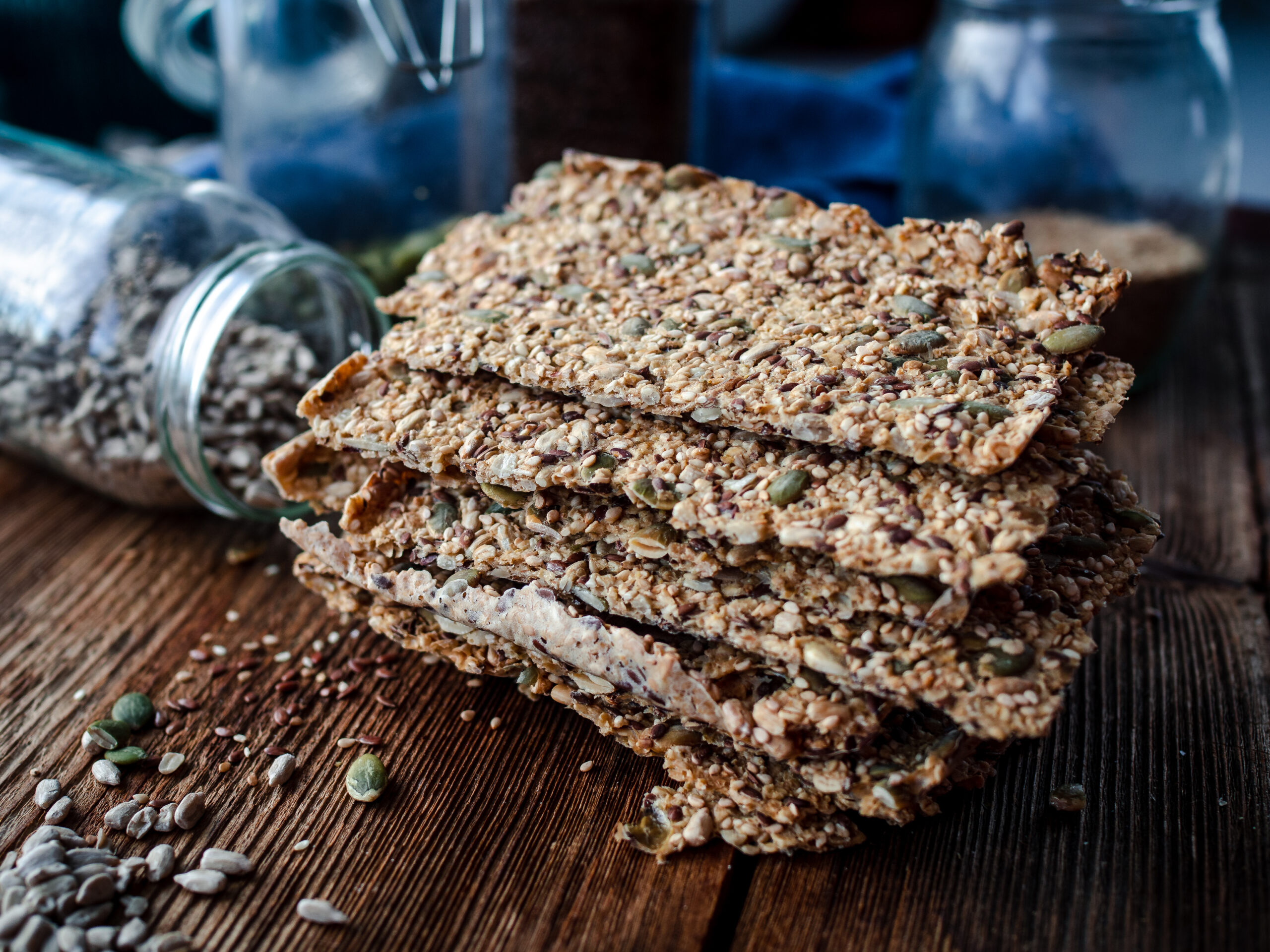
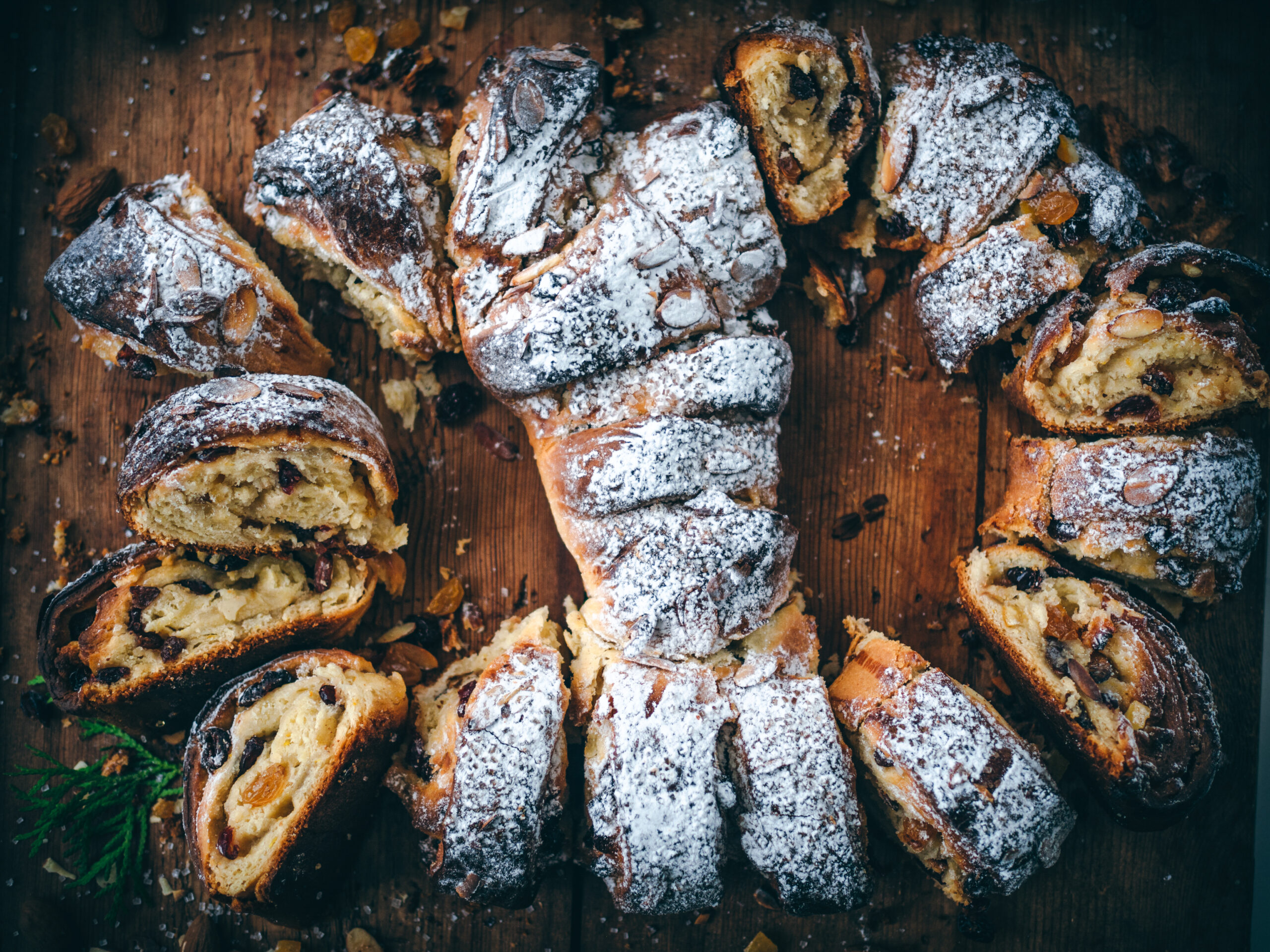
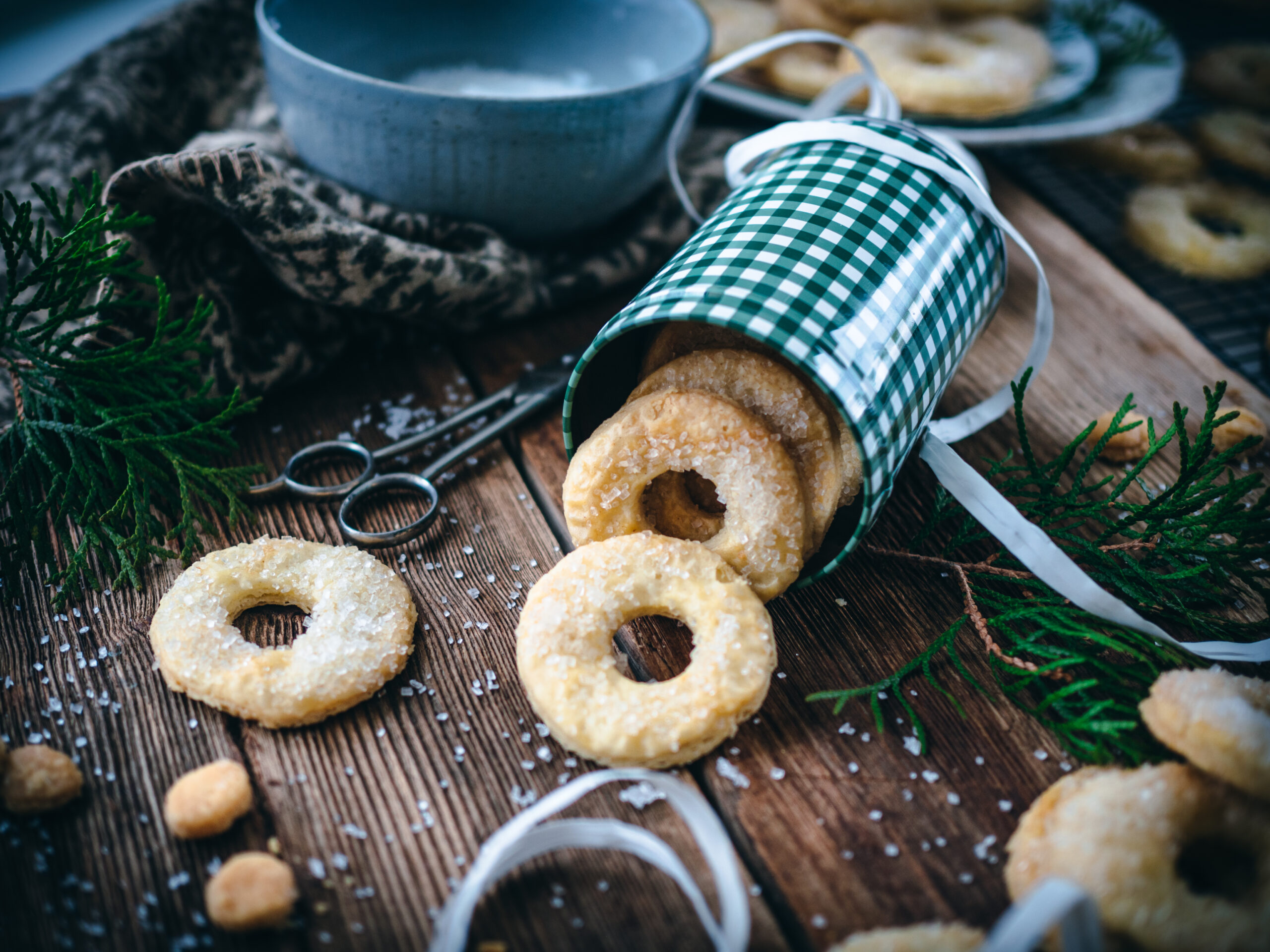
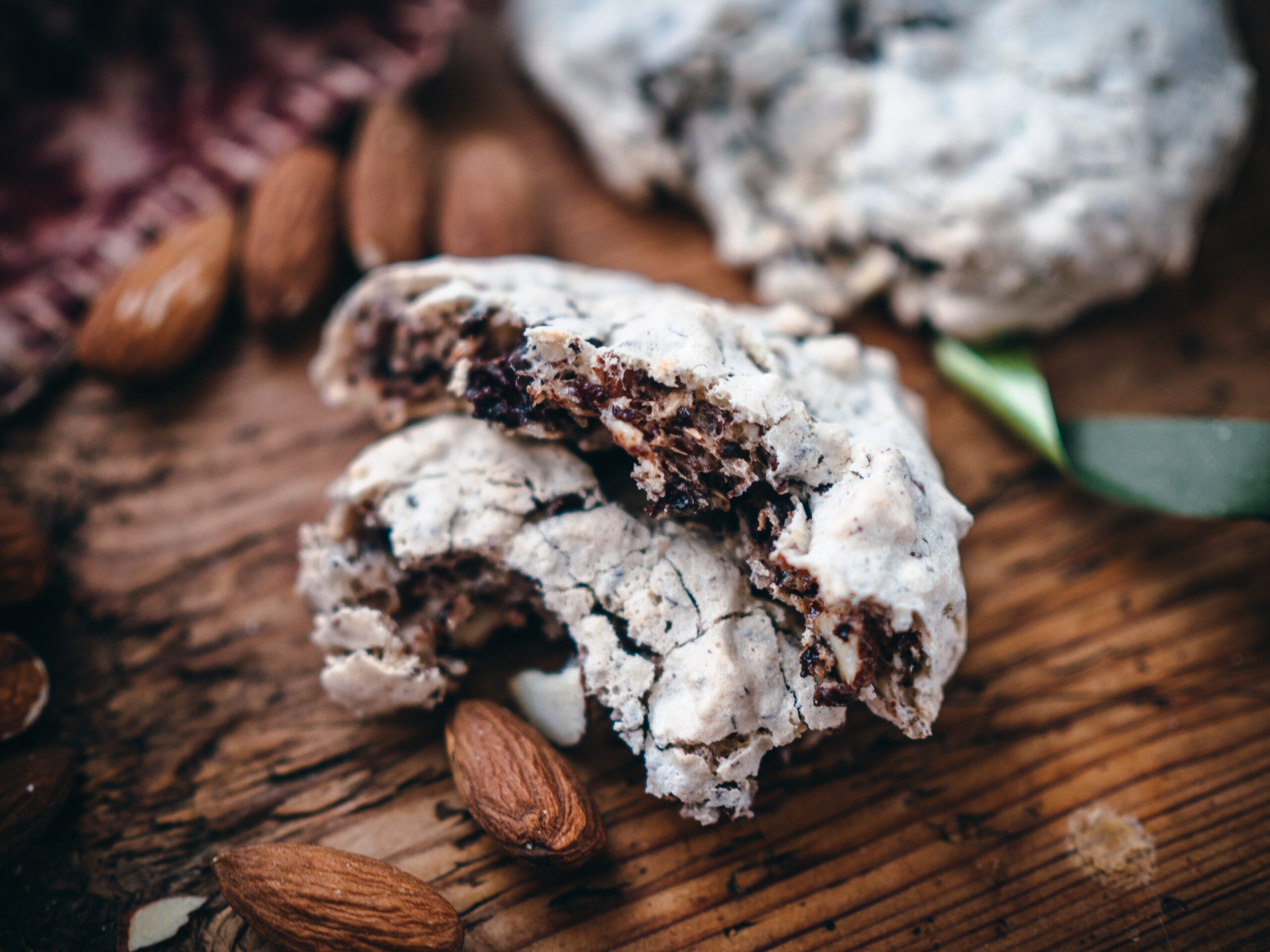

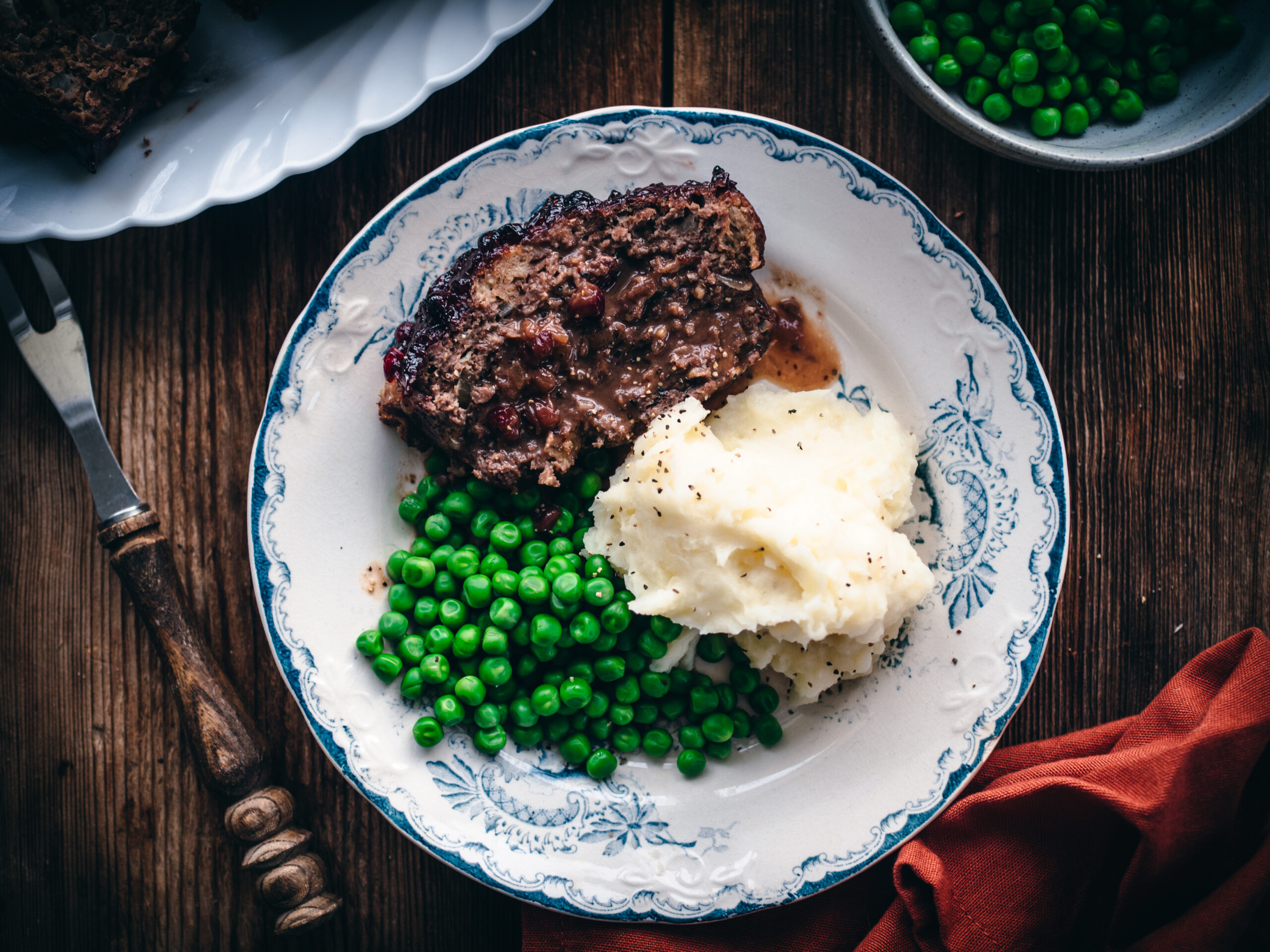
Wow. Just wow. What a post. You truly are an inspiration to us all. Amazing photography and text. And the recipe is fantastic!
Exceptional work.
Greetings from Athens,
Mirella and Panos
Thanks Mirella and Panos! 🙂
I made your Smultringer recipe this week. The dough was a little sticky, but with added flour when rolling it out, it was quick manageable. My mother and grandmother always made Smultringer, but theirs was fried in lard. I was not ready to use lard, and Crisco is not a better option-health wise. I used Canola oil, which worked fine. Definitely follow the written advice and use a thermometer. I did not have one and my oil got too hot, so it took a bit to drop the temperature down. I didn’t expect my first attempt to go perfectly, but by the end of the batch, I learned what worked and next Jul will go better.
I sprinked the Smultringer with some powder sugar for some extra sweetness.
Look forward to trying another recipe in the future.
I just made this dough, and then I realized that your recipe says baking soda, which is what I used, but your earlier text said baking powder, instead of horn salt. So is it supposed to be baking powder, rather than baking soda? In which case, is my dough ruined due to using baking soda?
Hi Sarah. Baking soda is correct. The reference in the text is to what the original difference was between the two, where afterwards many smultringer recipes also used hornsalt, therefore baking soda is used. Hope you enjoy them!
My grandmother was an immigrant and she made these often. I have used this recipe and it tastes exactly like hers. So good!!